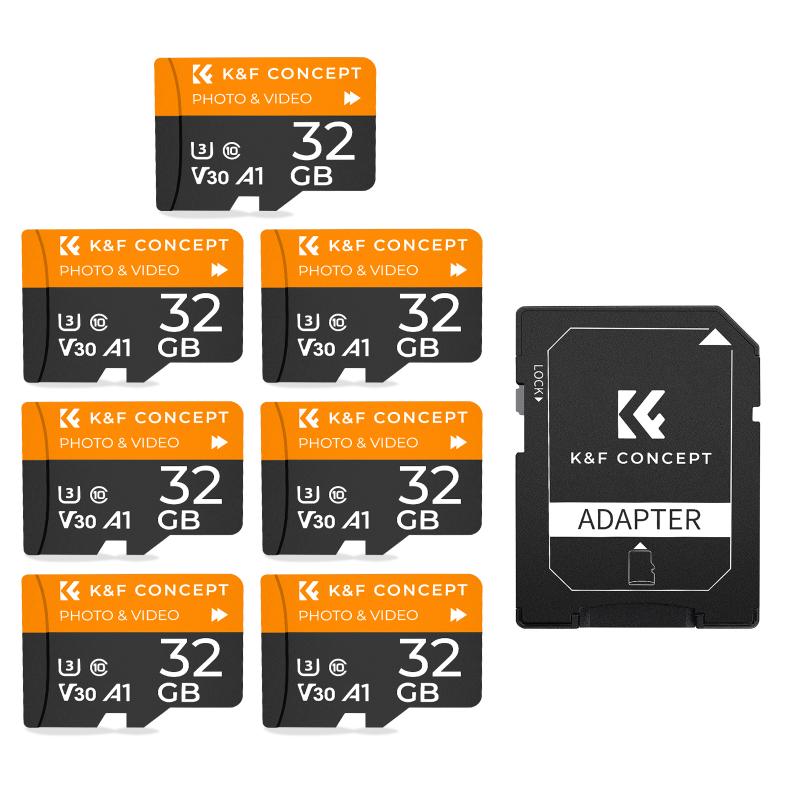How To Format A Sd Card In Mac?
Formatting an SD card on a Mac is a common task that many users need to perform for various reasons, such as preparing the card for use in a camera, ensuring compatibility with different devices, or simply clearing out old data. This article will guide you through the process of formatting an SD card on a Mac, addressing common issues and providing tips to ensure a smooth experience.
Understanding the Basics of SD Card Formatting

Before diving into the step-by-step guide, it's essential to understand what formatting an SD card entails. Formatting is the process of preparing a storage device, like an SD card, for use by an operating system. This process involves setting up a file system that the OS can read and write to. Common file systems include FAT32, exFAT, and NTFS. For most SD cards, especially those used in cameras and other portable devices, FAT32 and exFAT are the most commonly used formats.
Why Format an SD Card?

There are several reasons why you might need to format an SD card:
1. Compatibility: Ensuring the SD card is compatible with the device you intend to use it with.
2. Performance: Improving the performance of the SD card by removing fragmented data.
3. Error Correction: Fixing file system errors that might have occurred over time.
4. Security: Erasing all data to protect your privacy before giving the card to someone else.
Step-by-Step Guide to Formatting an SD Card on a Mac

Step 1: Insert the SD Card

First, insert the SD card into the SD card slot on your Mac. If your Mac does not have an SD card slot, you can use an external SD card reader.
Step 2: Open Disk Utility
Disk Utility is a built-in macOS application that allows you to manage your disks and storage devices. To open Disk Utility:
1. Go to `Applications` > `Utilities` > `Disk Utility`.
2. Alternatively, you can use Spotlight by pressing `Command + Space` and typing "Disk Utility."
Step 3: Select the SD Card
In Disk Utility, you will see a list of all connected drives and storage devices. Locate your SD card in the list. It will usually be listed under the "External" section. Click on the SD card to select it.
Step 4: Erase the SD Card
With the SD card selected, click on the "Erase" button located at the top of the Disk Utility window. This will open a new dialog box where you can configure the formatting options.
Step 5: Choose the Format
In the Erase dialog box, you will need to choose a format for the SD card. The most common formats are:
- MS-DOS (FAT): Also known as FAT32, this format is widely compatible with many devices but has a file size limit of 4GB.
- ExFAT: This format is also widely compatible and does not have the file size limitations of FAT32, making it suitable for larger files.
Choose the format that best suits your needs. For most users, exFAT is the recommended choice due to its flexibility and lack of file size restrictions.
Step 6: Name the SD Card
You can also give your SD card a name in the "Name" field. This name will appear when you connect the SD card to your Mac or other devices.
Step 7: Erase and Format
Once you have chosen the format and named the SD card, click on the "Erase" button to begin the formatting process. Disk Utility will erase all data on the SD card and format it with the chosen file system. This process may take a few minutes, depending on the size of the SD card.
Step 8: Eject the SD Card
After the formatting process is complete, you can safely eject the SD card by clicking the "Eject" button next to the SD card's name in Disk Utility. Alternatively, you can drag the SD card icon to the Trash on your desktop.
Troubleshooting Common Issues
While formatting an SD card on a Mac is generally straightforward, you may encounter some issues. Here are a few common problems and their solutions:
SD Card Not Recognized
If your SD card is not recognized by your Mac, try the following steps:
1. Ensure the SD card is properly inserted into the slot or reader.
2. Try using a different SD card reader.
3. Restart your Mac and try again.
4. Check if the SD card is locked. Some SD cards have a physical lock switch that prevents writing or formatting.
Unable to Format SD Card
If Disk Utility is unable to format the SD card, try the following:
1. Use the "First Aid" feature in Disk Utility to check for and repair any errors on the SD card.
2. Try formatting the SD card using a different format (e.g., FAT32 instead of exFAT).
3. Use a third-party disk management tool to format the SD card.
Data Recovery
If you accidentally format an SD card and need to recover data, stop using the card immediately to prevent overwriting the data. Use a data recovery tool like Disk Drill or PhotoRec to attempt to recover the lost files.
Tips for Maintaining Your SD Card
To ensure the longevity and performance of your SD card, follow these tips:
1. Regularly Back Up Data: Always keep a backup of important data stored on your SD card.
2. Avoid Physical Damage: Handle your SD card with care to avoid physical damage.
3. Eject Properly: Always eject the SD card properly before removing it from your Mac to prevent data corruption.
4. Format Periodically: Periodically format your SD card to maintain optimal performance and prevent file system errors.
Formatting an SD card on a Mac is a simple process that can be completed in just a few steps using Disk Utility. By following this guide, you can ensure that your SD card is properly formatted and ready for use in any device. Whether you're preparing the card for a camera, clearing out old data, or fixing file system errors, formatting is an essential maintenance task that can help keep your SD card in good working condition. If you encounter any issues, the troubleshooting tips provided should help you resolve them quickly and efficiently.

There are no comments for this blog.